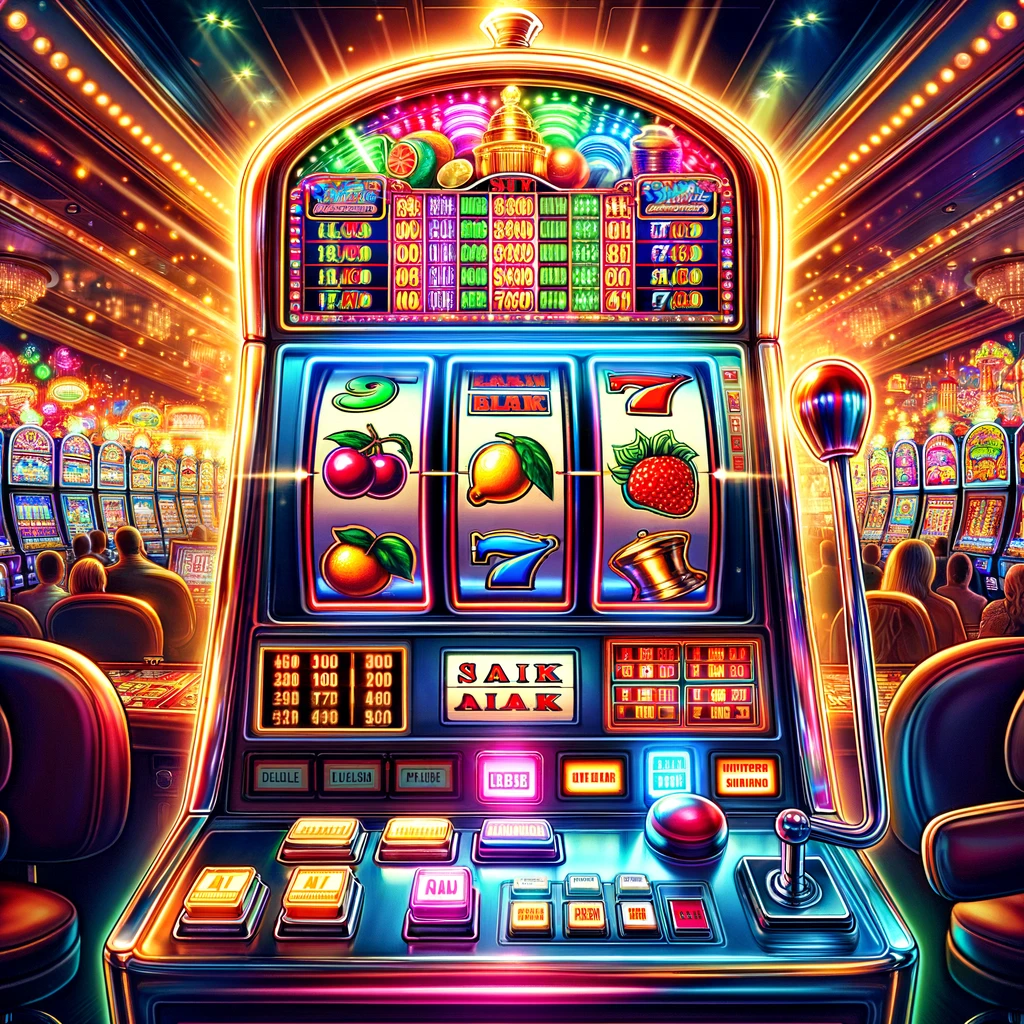Introduction
Slot machines, often known as “one-armed bandits,” have been a staple in the gambling industry for over a century. Originating in the late 19th century, they have evolved from mechanical gears and levers to digital screens and software, becoming a symbol of casino entertainment worldwide. This article explores the history, mechanics, and modern evolution of slot machines, highlighting their enduring popularity and the technology that powers them.
The Evolution of Slot Machines
Historical Overview
The first slot machine, developed by Charles Fey in 1895, was a simple mechanical device with three spinning reels and five symbols. It was the beginning of a gaming phenomenon that would become a casino mainstay. Over the decades, slot machines have undergone significant transformations, from mechanical to electromechanical in the 1960s, and then to fully electronic machines in the 1970s and 80s, culminating in today’s sophisticated digital versions.
Technological Advancements
Modern slots are powered by complex algorithms and random number generators (RNGs) to ensure fair play and unpredictability in outcomes. The transition to video slots in the late 20th century allowed for more elaborate games, multiple paylines, and the introduction of bonus features and mini-games, enhancing player engagement and entertainment.
The Mechanics of Slot Machines
Operation and Gameplay
Slot machines operate on a simple principle: players insert money, spin the reels, and hope that when they stop spinning, they will display a winning combination of symbols. The odds of winning and the payouts vary by machine, governed by the RNG that ensures each spin’s outcome is independent and random.
Paylines and Payouts
Traditional slots had a single, straightforward payline, but modern machines offer multiple paylines, increasing the chances of winning on a single spin. Payouts are determined by the specific combinations of symbols that appear on these paylines once the reels come to a halt.
The Popularity of Slots
Psychological Appeal
Slots are immensely popular for several reasons. They require no skill, making them accessible to all players, and they promise the chance of substantial payouts from small bets. The bright lights, captivating sounds, and thematic graphics enhance their allure, providing a form of escapism and entertainment that many find irresistible.
Progressive Jackpots
One of the most enticing features of modern slot machines is the progressive jackpot. A portion of every bet goes into a pooled jackpot that continues to grow until someone hits the winning combination, often resulting in life-changing sums.
Modern Innovations
Online and Mobile Slots
The digital era has expanded the reach of slot machines to online and mobile platforms, allowing players to enjoy their favorite games from anywhere. Online slots offer the same excitement as their physical counterparts, with the added convenience of remote play.
Themes and Interactivity
Today’s slot machines often feature a wide array of themes, from popular movies and TV shows to historical, fantasy, and adventure themes, catering to diverse tastes. Interactive elements, such as advanced bonus rounds and storylines, have also been introduced, making the gaming experience more immersive.
Conclusion
Slot machines have come a long way from their humble beginnings, evolving into sophisticated gaming devices that blend chance, technology, and entertainment. Their continual innovation and the promise of big payouts keep them at the forefront of the gambling industry, captivating players around the globe. Whether in the buzzing atmosphere of a casino or the convenience of a mobile device, slots remain a favorite choice for millions of enthusiasts, embodying the thrill of chance and the joy of instant rewards.
